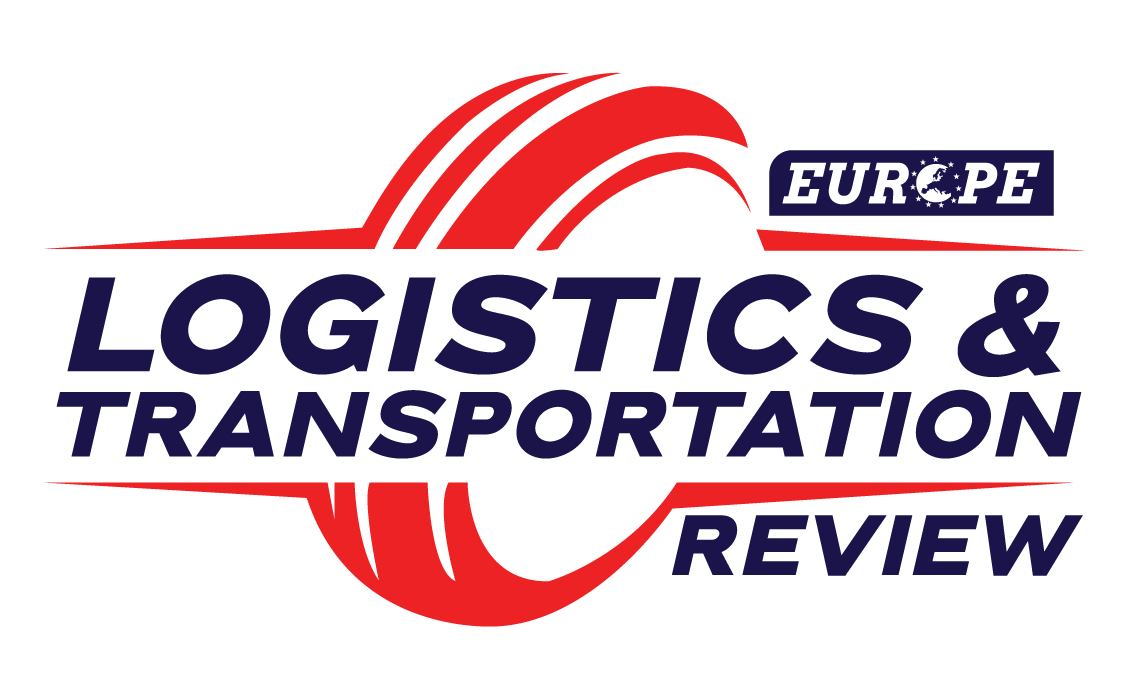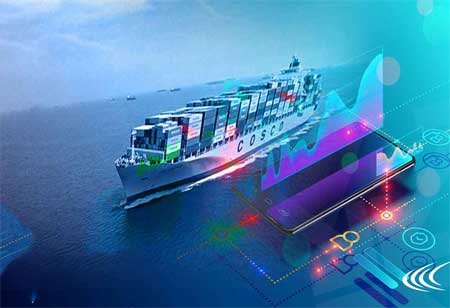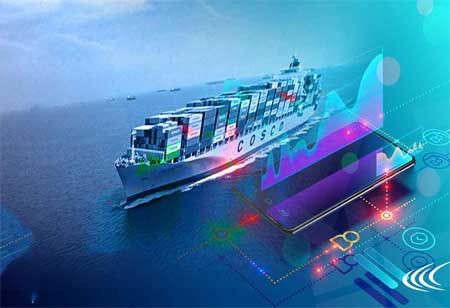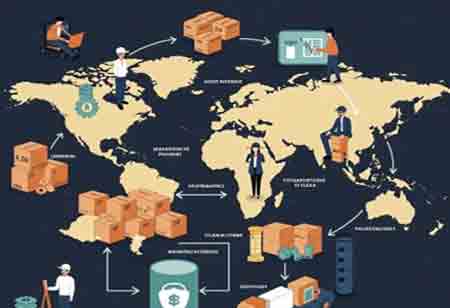THANK YOU FOR SUBSCRIBING
THANK YOU FOR SUBSCRIBING
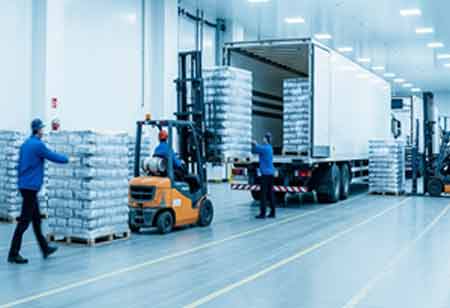
By
Logistics Transportation Review | Friday, September 12, 2025
Stay ahead of the industry with exclusive feature stories on the top companies, expert insights and the latest news delivered straight to your inbox. Subscribe today.
The transformation reshapes the landscape with smarter, faster, and more scalable operations. The Asia-Pacific (APAC) region has become a pivotal player in the global cold storage market due to its booming population, rapid urbanization, and increasing demand for perishable goods like pharmaceuticals, fresh produce, and frozen foods. As the need for temperature-controlled logistics intensifies, cold storage providers in the region are integrating AI to overcome inefficiencies, drive innovation, and ensure sustainability.
Cloud computing also plays a pivotal role by hosting scalable AI platforms that provide real-time actionable insights. Many cold storage providers migrate to cloud-based solutions for seamless data access, scalability, and cross-border operational control. Predictive analytics help forecast inventory levels and energy usage, improving planning and cost efficiency. The pharmaceutical sector demands stringent cold chain logistics for temperature-sensitive vaccines and biologics.
Market Drivers and AI Integration
Multiple factors fuel the surge in demand for cold storage in APAC. A growing middle class and their increasing consumption of perishable goods are expanding retail and e-commerce grocery markets. Regional governments are pushing for better food security and waste reduction, directly increasing investments in refrigerated infrastructure. AI-driven warehouse management systems automate inventory control, optimize storage layouts based on product temperature sensitivity, and track goods in real time.
AI enables dynamic delivery routing, adjusting real-time transportation plans based on traffic, temperature fluctuations, and vehicle availability. The tools provide granular visibility across the supply chain, from processing plants to last-mile delivery. Sensors embedded in storage racks can notify operators about temperature deviations, preventing spoilage and loss. Cold storage facilities are energy-intensive, and AI algorithms optimize HVAC systems and refrigeration units to balance cooling demands with minimal power consumption.
Applications and Industry Impact
AI in cold storage has far-reaching applications across industries in APAC. In food and beverage, AI helps manage high inventory volumes, reduce spoilage rates, and maintain compliance with safety standards. ML models predict shelf life and help rotate stock based on freshness rather than expiration dates, enhancing consumer safety and brand reliability. It supports predictive equipment maintenance, minimizing the risk of equipment failure that could compromise entire shipments of vaccines or biologics.
AI's role in auditing and documentation ensures traceability, an essential element in pharmaceutical logistics. AI streamlines route planning and load balancing, reducing transit times and operational costs. For instance, AI can predict optimal loading patterns to minimize energy loss when freezer doors are opened or advise drivers on the best route based on real-time weather and traffic conditions. The impact on business performance is significant. AI integration reduces human error, lowers energy bills, and enhances throughput. It creates a competitive advantage in the crowded APAC logistics market.
The stakes are even higher. AI ensures compliance with strict temperature requirements set by health authorities' guidelines. Governments are recognizing the value of AI in cold storage. Public-private partnerships are emerging to build smart cold chains in rural areas with limited access to proper infrastructure. Subsidies and tax incentives drive investments in digital transformation for storage and transport operations.
Future Needs and Market Outlook
The cold storage sector in APAC faces several challenges. Infrastructure stays underdeveloped in multiple regions. Poor road connectivity, power instability, and a shortage of skilled labor hinder the adoption of AI and other digital tools. The upfront cost of implementing AI-enabled systems can be prohibitive for small and mid-sized enterprises. Data security and integration complexity pose further obstacles. With thousands of IoT devices generating vast amounts of data, companies must ensure secure, scalable, and interoperable systems.
Resistance to digital transformation from traditional cold chain operators also slows AI adoption. Stakeholders must focus on strategic investments and partnerships. Governments can facilitate progress by improving digital infrastructure and offering grants or low-interest loans to encourage tech adoption. Private sector players should adopt modular AI solutions that allow gradual upgrades, minimizing disruptions and capital risk. Training programs for staff to understand and manage AI tools can ease resistance and improve operational efficiency.
Collaborations between tech companies and cold storage providers are crucial. Custom AI solutions tailored to regional needs, such as language localization, climate-specific algorithms, and local compliance protocols, will help expand adoption. Industry associations can play a role by setting standards for AI integration and sharing best practices across the supply chain. The need for intelligent cold storage solutions will continue to grow. The APAC region's increasing focus on health, nutrition, and sustainability will push providers to adopt cutting-edge technologies to stay relevant.
Innovations such as autonomous forklifts, AI-powered robotics for sorting and packing, and blockchain for end-to-end transparency are expected to become mainstream. AI will drive this growth by lowering costs, improving customer experiences, and adapting to regulatory requirements. Its implementation will streamline operations and ensure businesses remain compliant while enhancing overall service quality and efficiency. The strategic integration of AI is essential for future success. Emerging economies are expected to see the highest growth rates due to increased foreign investments and government support.
I agree We use cookies on this website to enhance your user experience. By clicking any link on this page you are giving your consent for us to set cookies. More info
